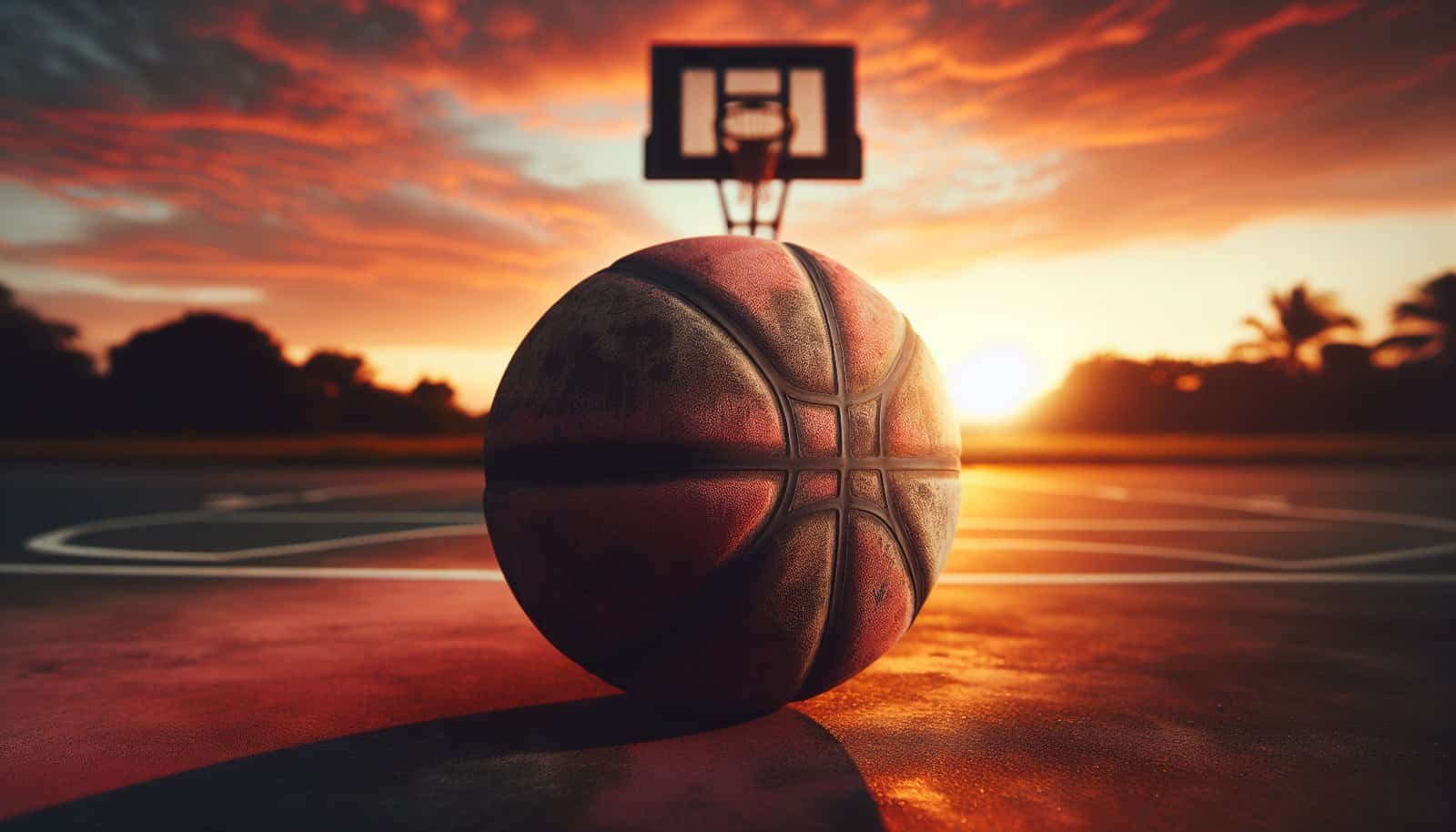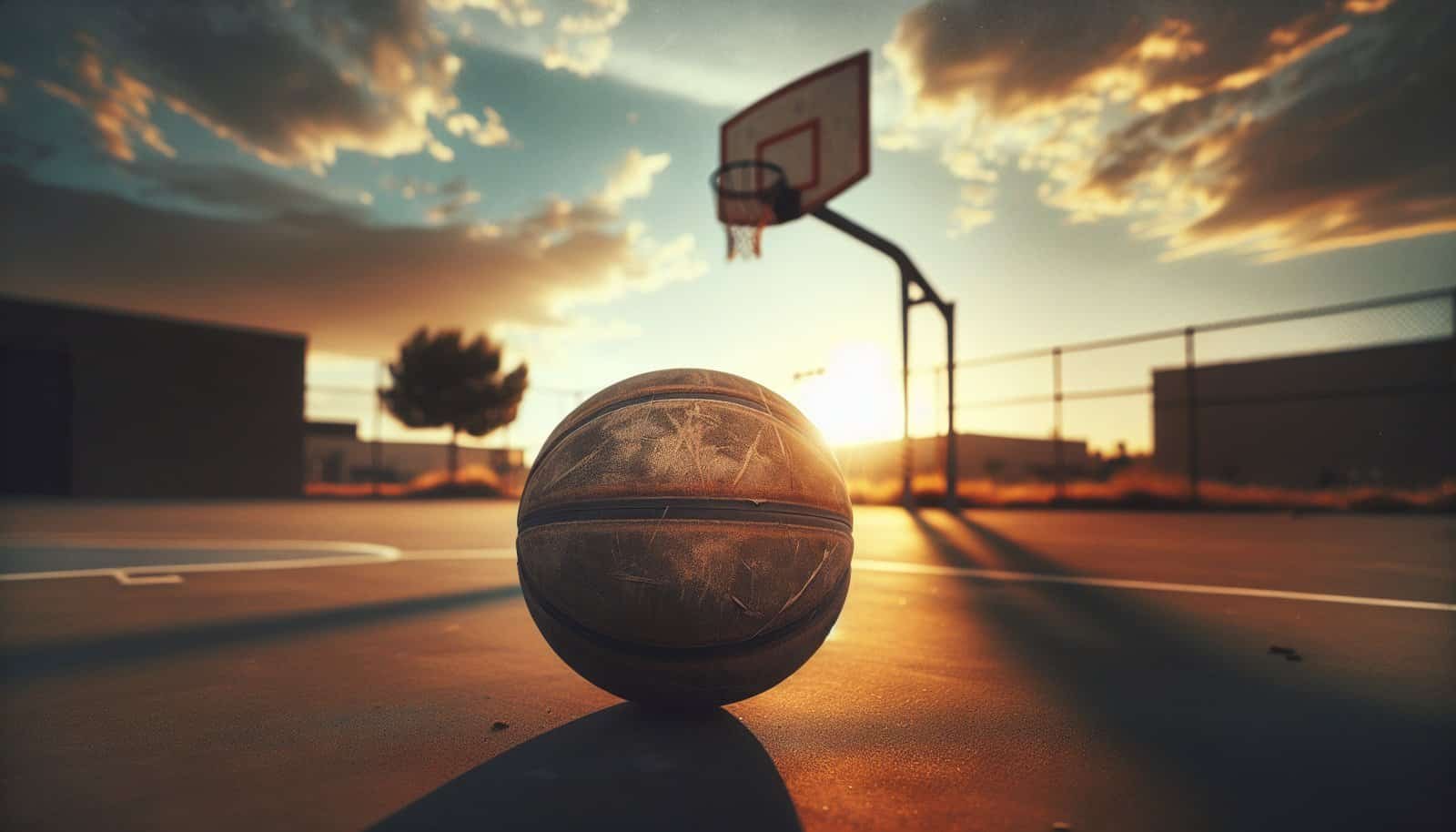Have you ever wondered how a player’s age and experience level influence their choice of basketball? This intriguing question can lead to a deeper understanding of preferences and decisions that players at different stages of life and expertise make when choosing their equipment. Although basketballs might seem like simple objects, their selection involves numerous considerations—many of which are impacted by a player’s age and experience.
Understanding the Basics of Basketball Selection
Before diving into specifics, it’s important to grasp some basic considerations behind choosing a basketball. These revolve around size, material quality, and intended use (indoor vs. outdoor). Depending on one’s age and skill level, different aspects may take precedence.
The Importance of Choosing the Right Size
Basketball sizes vary significantly; hence choosing the right one is crucial. Sizes usually include:
- Size 5: Typically for younger children aged 9 and under.
- Size 6: Commonly used by female players aged 9 and up or boys aged 9-12.
- Size 7: The standard for adult males and boys aged 13 and over.
The right size helps in developing skills by providing proper grip and control, crucial for both novices and experienced players.
Material Considerations
The material of a basketball affects its durability, feel, and performance. Indoor balls made from full-grain leather or synthetic composites offer superior grip and control but can wear out quickly on rough outdoor surfaces. Conversely, rubber basketballs are durable enough for outdoor courts but may lack the feel and finesse of their indoor counterparts.
Understanding which material suits your intention can greatly enhance the playing experience, whether you are a young learner or a seasoned player.
How Age Impacts Basketball Choice
Age plays a pivotal role in the selection process since physical development and preferences change over time. Children’s selections are often dictated by recommendations from coaches or parents, while older players have specific preferences.
Young Players (Ages 5-12)
For budding enthusiasts, size and weight are the crucial factors. It’s important that younger children use lighter and smaller basketballs (Size 5) to develop fundamental skills without the hindrance of managing oversized equipment.
At this stage, fun should be prioritized to encourage continued involvement. Colorful and themed balls, often linked with favorite cartoons or teams, could spark their interest even further.
Teenagers and Adolescents (Ages 13-19)
Teen players begin to transition as their motor skills and physical capabilities develop. During this age range, a Size 6 or 7 basketball is generally appropriate. Teenagers are more discerning, often aligning their choices with team standards or personal preferences gleaned from role models or professional players.
Young Adults and Adults (Ages 20+)
At this point, preferences are refined. Adults often have well-defined styles of play and understand the importance of details like material and court surface. Leather composite basketballs become more desirable for their balance of grip and performance.
Additionally, adults might focus on specific features like moisture control if playing in humid environments, or bounce consistency if aiming to enhance their dribbling and shooting accuracy.

The Role of Experience Level in Basketball Selection
Just as age influences choice, so does the experience level of the player. A beginner’s requirements differ vastly from those of a seasoned athlete.
Beginners
Newcomers to basketball prioritize ease of handling and comfort. The focus is usually on learning rules and basic techniques. As such, they should consider affordable options with durable materials that allow extensive practice without concern for immediate wear.
Materials such as rubber are recommended due to their durability and cost-effectiveness, allowing beginners to experiment indoors and outdoors.
Intermediate Players
Those who have surpassed beginner status start fine-tuning skills and may participate in team play or leagues. A balanced basketball offering control and durability becomes essential. Outdoor composite balls or quality leather options might suit intermediate players, considering both their improved skills and the need for versatile equipment that can handle different court surfaces.
Advanced Players
Advanced players have a deep understanding of their preferences and performance needs. They select basketballs meticulously to match their specific playing style and conditions. High-quality leather balls are favored for their superior handling and response, which supports the precision required in competitive play. Performance features like grip-enhanced surfaces or weight distribution are also contemplated to align with the skills honed over years of experience.
Additional Factors Influencing Basketball Choice
Beyond age and experience, some other critical factors may impact the decision-making process. These might include:
Position Played
Positions in basketball, such as guards, forwards, and centers, might push players toward different basketball characteristics. Guards often emphasize control and precision, prioritizing balls with superior grip and lighter weight. Conversely, centers might lean towards full-sized basketballs to hone their rebounding and dunking capabilities.
Frequency of Play
How often individuals play basketball can also impact their choices. Frequent players who strive for career progression typically invest more in quality equipment expecting it to endure rigorous, daily use. Conversely, casual players might opt for more economical options suitable for occasional play.
Court Location
Where the game is played—indoors on polished wooden courts or outdoors on concrete—can also dictate ideal basketball material and make. Indoor scenarios benefit from high-quality leather balls providing better surface interaction, while outdoors requires sturdy options capable of resisting abrasion on rough surfaces.

Merging Age and Experience: Personalized Basketball Choices
When players carefully consider both their age and experience, they can create a personalized approach to basketball selection. Each player may prioritize different aspects based on their unique needs and goals.
Consider a 14-year-old intermediate player who plays frequently on concrete outdoor courts. They might choose a durable size 7 rubber basketball for daily practice, yet have a synthetic leather ball set aside for indoor games—thus embodying both durability and adaptability reflecting their developmental stage and knowledge level.
Practical Tips for Choosing a Basketball
To aid in making optimal selections, consider the following practical advice applicable across ages and skill levels:
Test Before Purchase: Whenever possible, test a basketball on the intended playing surface. This helps ensure it suits personal feel preferences and court conditions.
Seek Guidance: Coaches, trainers, or more experienced players can provide insights that guide proper choice, especially in situations that arise due to age or lack of experience.
Focus on Features: Prioritize features that enhance your playing style and objectives, such as grip, moisture control, or bounce consistency.
Budget Considerations: Extend your choices to economically feasible options without compromising particular requirements crucial to your game.

Conclusion
The influence of age and experience on basketball choice is multifaceted, ranging from size and material to specific play-related features. Younger players often require guidance, with choices leaning toward fun and developmental-appropriate attributes. As players mature, experience refined preferences and specialized needs dictate their choices. Whether you’re a beginner or a seasoned athlete, understanding these dynamics can enrich your basketball routine, leading to even more enjoyment in the sport.
